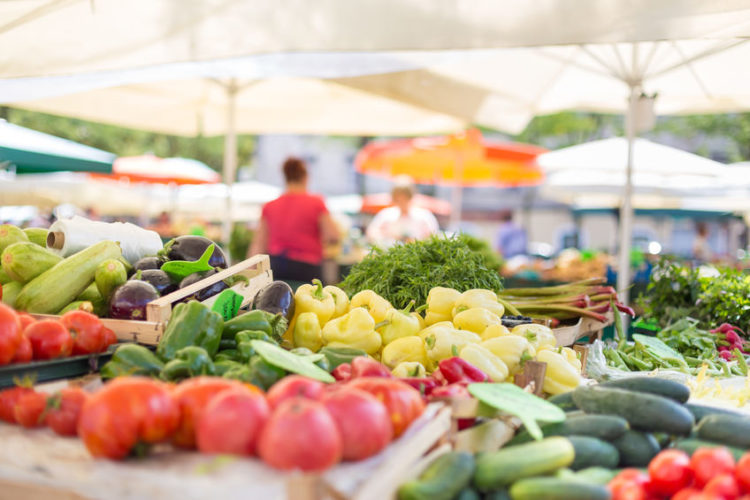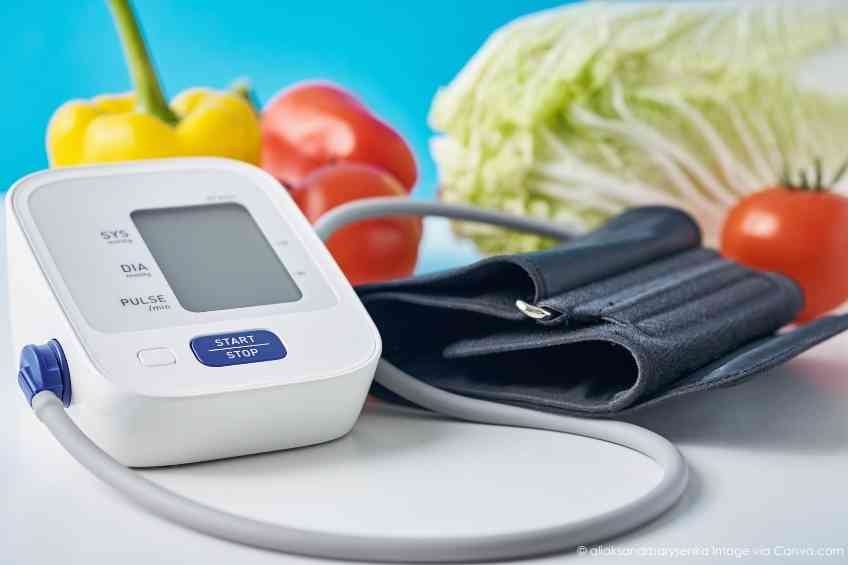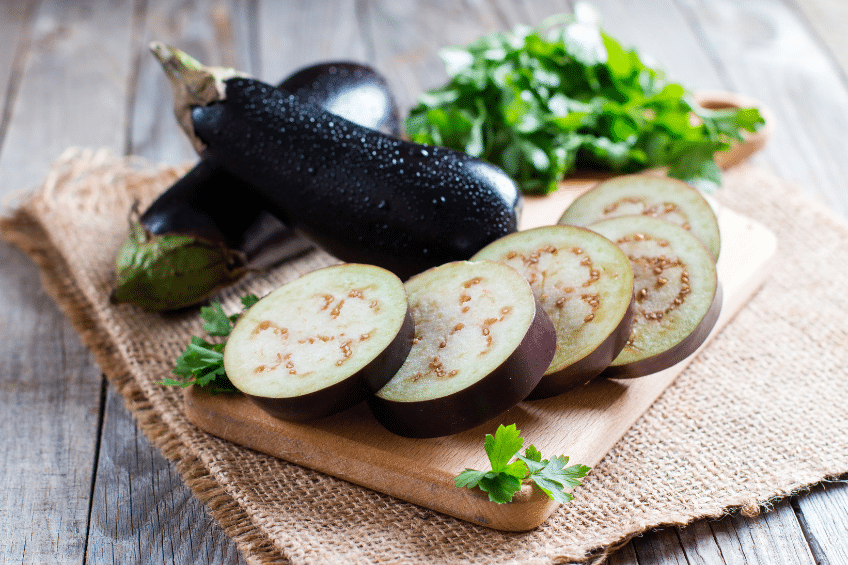By Jessica Scarpati –
The produce section of a grocery store has at least one thing going for it: radical availability. But supermarket strawberries or tomatoes purchased in the dead of winter are rarely gratifying — a hard (or rather bland) truth that makes many produce lovers eagerly await the return of local farmers markets each spring and summer.
Lined with a bounty of colorful, freshly harvested fruits and vegetables, as well as an array of artisan goods, farmers markets offer an enticing alternative to big-box supermarkets, and many communities are allowing them to reopen this year with restrictions in place. With so many operational changes this year due to COVID-19, farmers market veterans and newbies alike are in for a different experience this season. Even so, there are still several timeless tips for successfully navigating a trip to your local farmers market.
First and foremost, shop seasonal — this should be your North Star on any trip to the farmers market to ensure you’re purchasing the most nutritious, delicious and best-priced produce. Conversely, know what isn’t native to your area. In the Northeast, for instance, that ain’t bananas and avocados.
Across New York and New Jersey, the summer months offer a wealth of locally grown fruits and veggies, according to GrowNYC and the N.J. Department of Agriculture. Starting in June, search for asparagus, beets, broccoli, cabbage, herbs, peas, radishes, spinach and summer squash at vegetable stands. Around July, you’ll start to see two of summer’s most beloved treats: tomatoes and corn. Fruits tend to come later in the season, but June is ripe with blueberries and cherries. Once July hits, look for blackberries, peaches, plums and strawberries, as well as the first batches of apples.
One of the charms of farm-fresh produce is that it isn’t as uniform-looking as what you might find at the supermarket. Although you shouldn’t be afraid of “ugly” produce with minor imperfections — like a stumpy carrot or misshapen parsnip —something to be mindful of when selecting items is their size, as Georgia vegetable farmer Laura Seabolt tells HuffPost.
“When you’re shopping for summer squash and zucchini, bigger is not better,” Seabolt says. “Especially as the weather gets hotter, you want to go for the smaller ones, which will be more tender and sweeter.”
Another thing you’ll want to watch carefully: your budget. While some studies have shown that prices at farmers markets prices can be comparable or even lower than grocery stories, anyone who has handed over $9 for a dozen eggs or $7 for a bunch of asparagus at their local farmers market is entitled to raise an eyebrow at such claims.
The reasons for unpredictable and sometimes seemingly inflated pricing at farmers markets are complex, often relating to economies of scale between industrial farms and local producers. But some of it also has to do with the fact that food is packaged and sold differently at a farmers market compared to a grocery store.
“Take a pound of carrots, for instance,” says Claire Brown, a former market manager for New York’s Union Square Greenmarket, in an interview with Food 52. “They might be $1 at Trader Joe’s, probably $1.29 at Fine Fare, and then you buy a bunch for $2 at the farmers market … but that bunch weighs more than a pound, and it has edible greens attached.”
And, for sure, there are some items at a farmers market that are simply more expensive, including the many artisan delights also for sale, such as locally made baked goods, honey and preserves. But fruits and veggies can also be an area where frugal shoppers need to be careful.
“‘Specialty’ produce is one of the few cases where farmers market produce can be less affordable,” explains registered dietitian Carrie Dennett in The Seattle Times. “For example, standard-variety cherry tomatoes are bursting with flavor, and can cost a fraction of what big heirloom-variety slicers go for. Plus, they’re just as nutritious.”
While most vendors are pricing their wares in good faith, shoppers do need to be on alert for fraudsters trying to pass off commercial produce as their own. One of the easiest ways to guard against this is to choose markets that are “producer-only” venues; if not explicitly marketed that way, simply ask the market’s management.
“Markets that aren’t specifically producer-only are open to all kinds of sellers, including wholesalers and resellers,” explains Mashed. “That means the flannel-wearing tomato-seller you see every week might not be a farmer at all. He might be a reseller, who buys cheap produce elsewhere then sells it, at the same time claiming to be a farmer who labored for long hours in the sun to bring all this wonderful produce right to you.”
But besides being vigilant, above all the key to a successful — and thrifty — trip to the farmers market is to be flexible.
“I take a different approach to my farmer’s market shopping than my regular grocery shopping: I have a firm budget (in cash), but no plan. I like to see what’s available, what’s new and in season, and what’s interesting and sort of create a strategy around that,” says food blogger Emily Wight. “If I have $20 and I see some good-looking greens … I’ll pick them up and then plan my meals for the week around what I buy at the market and supplement with pantry items or staples I always have on hand. But I don’t exceed my budget, no matter how pretty the other produce is.”













